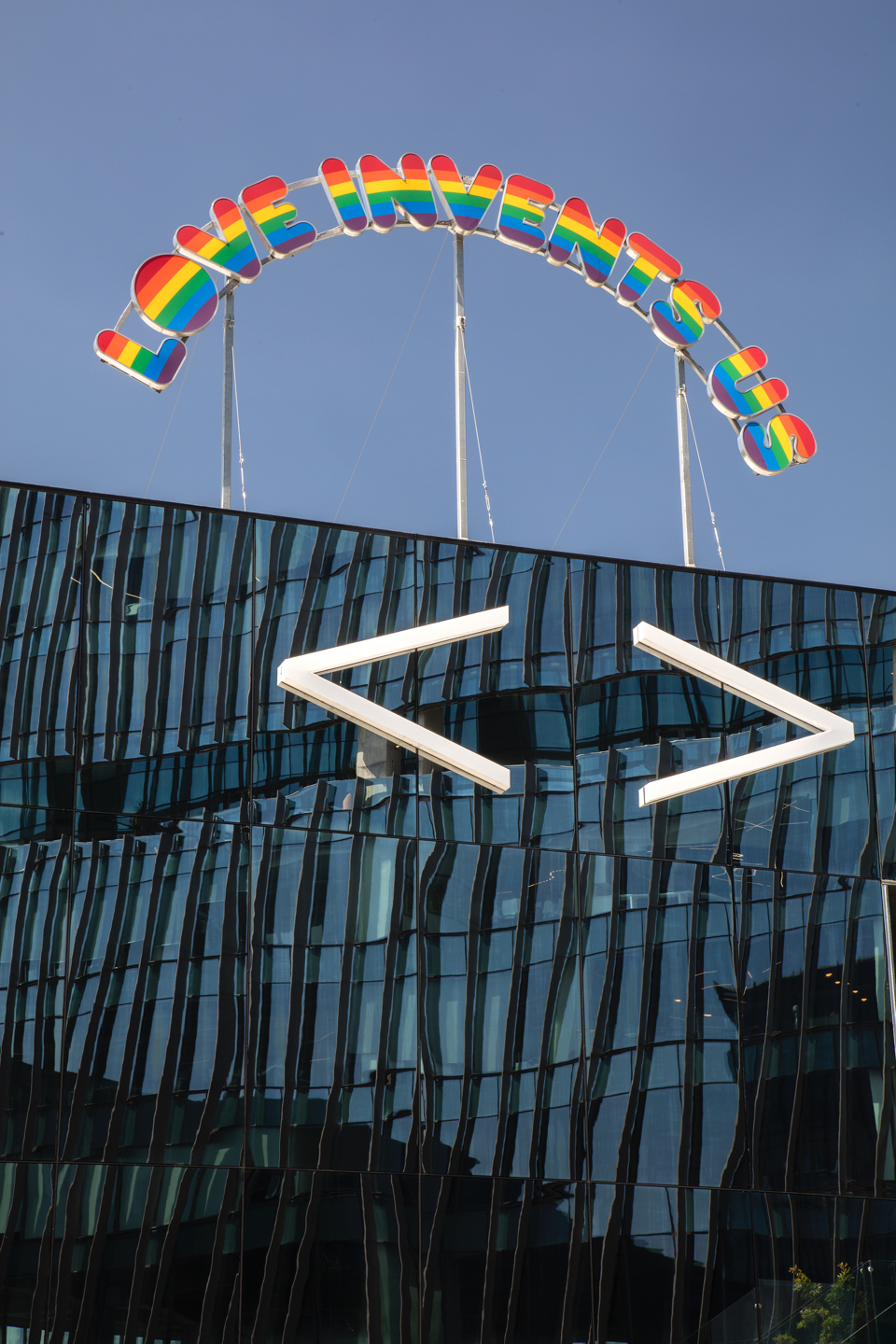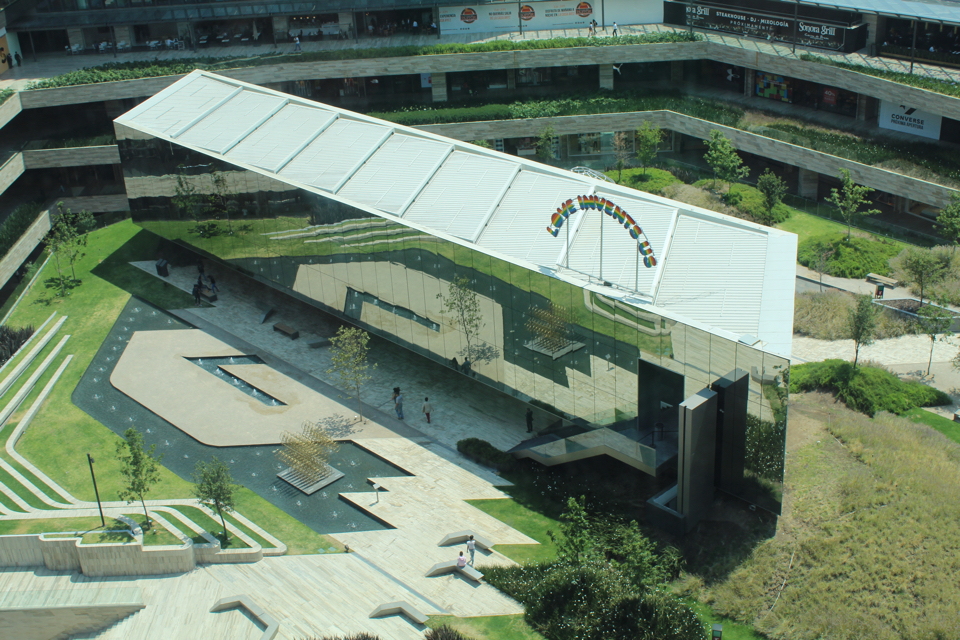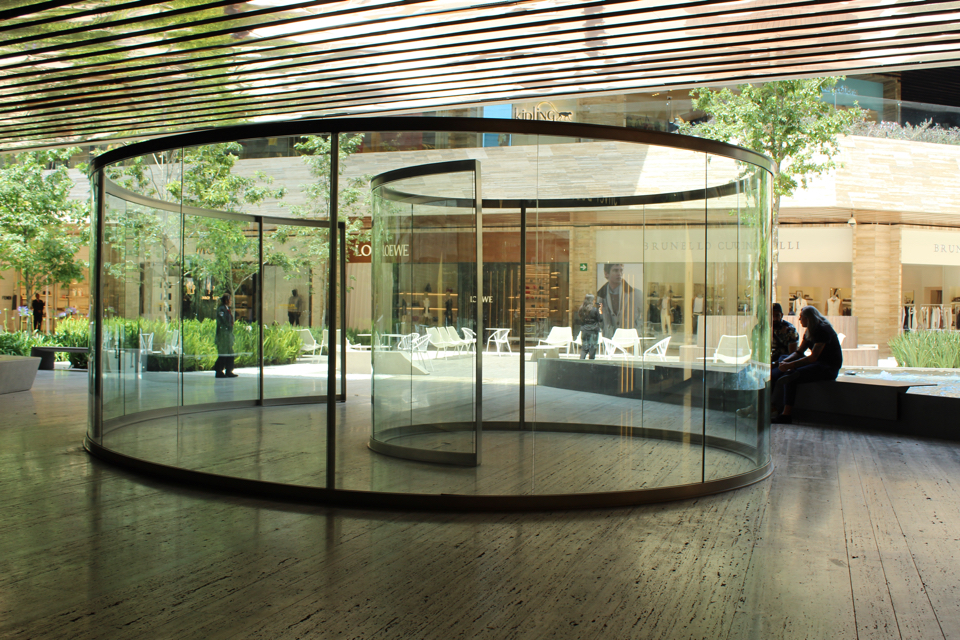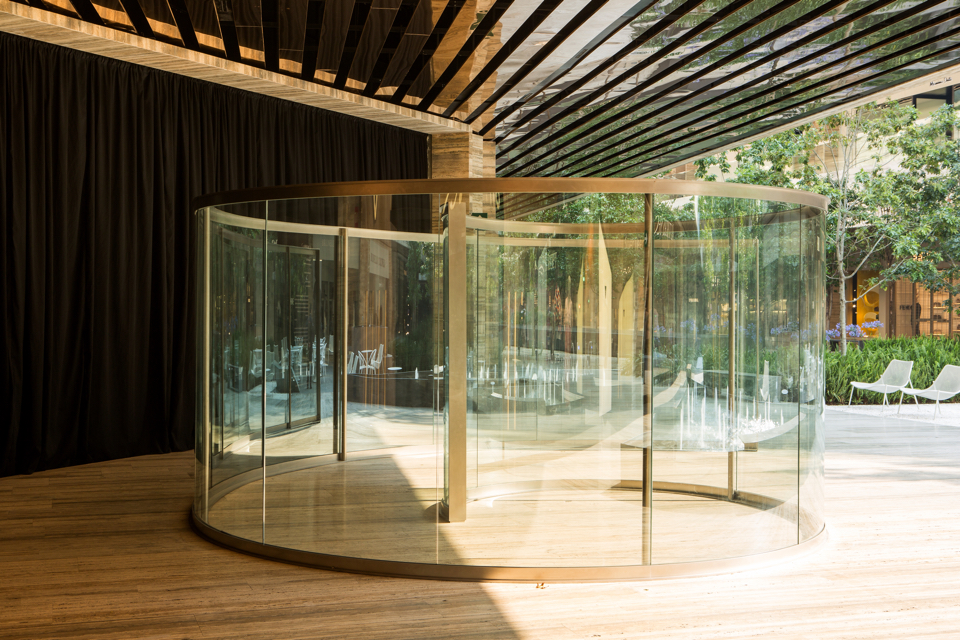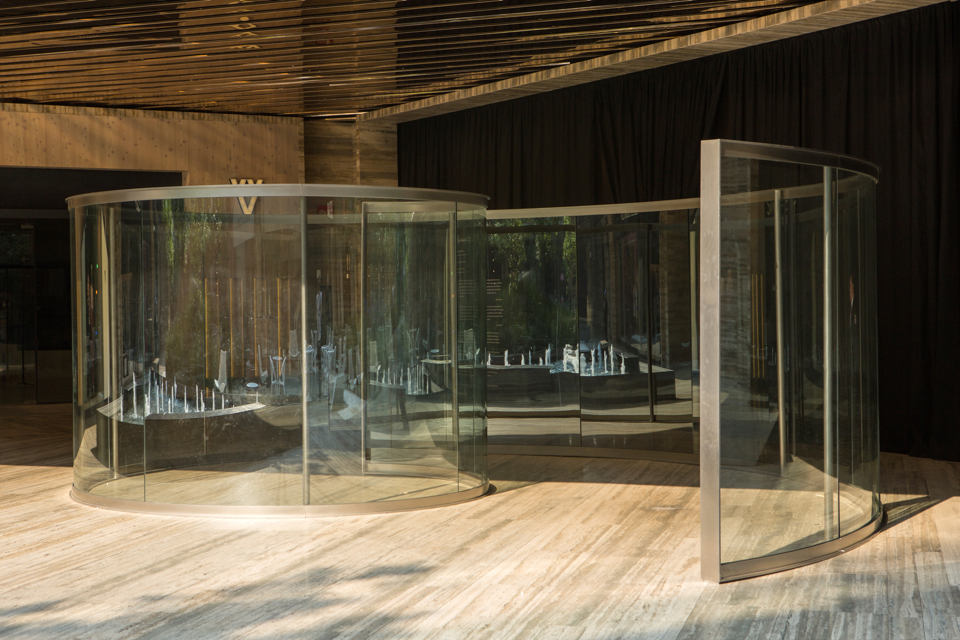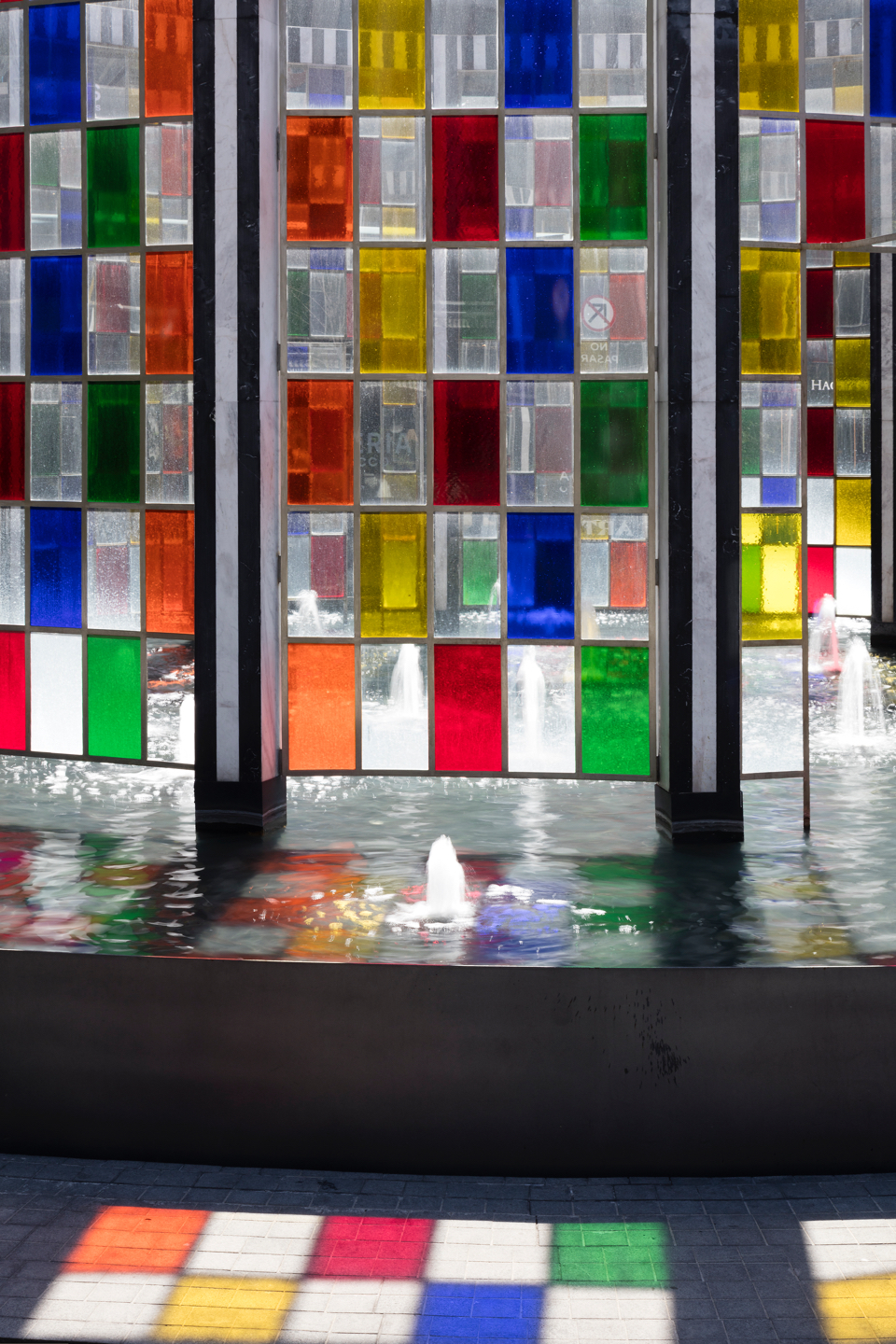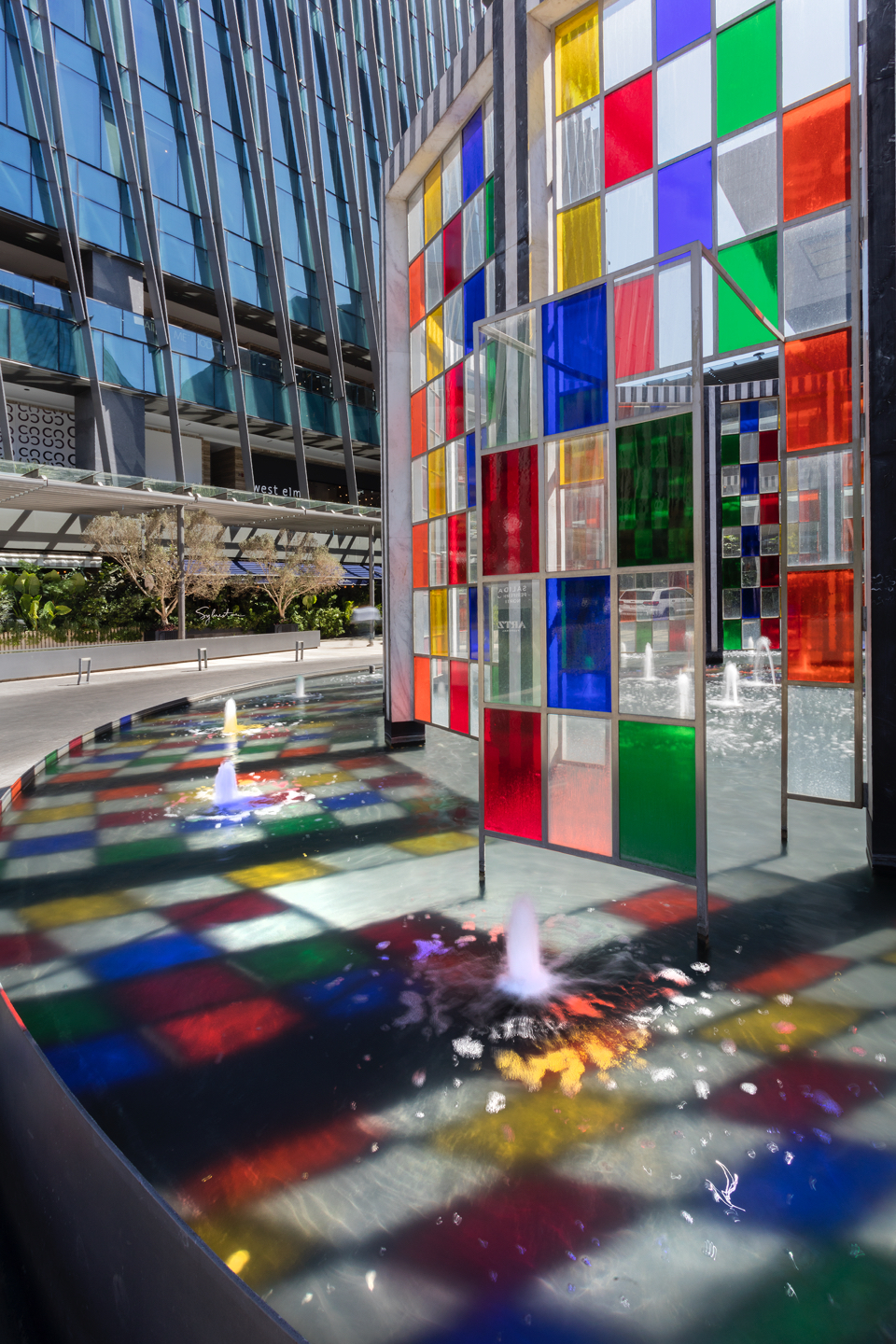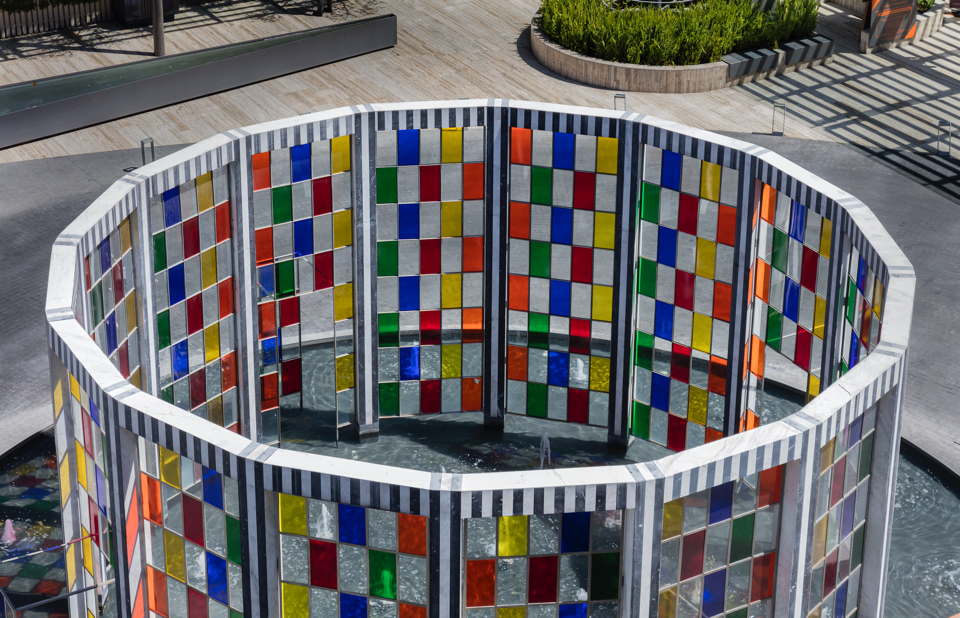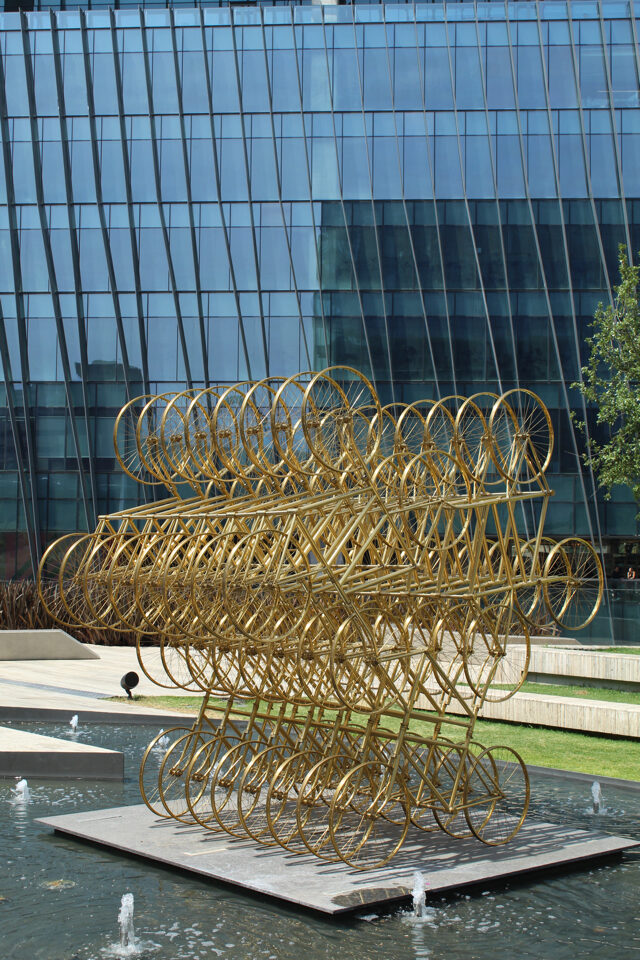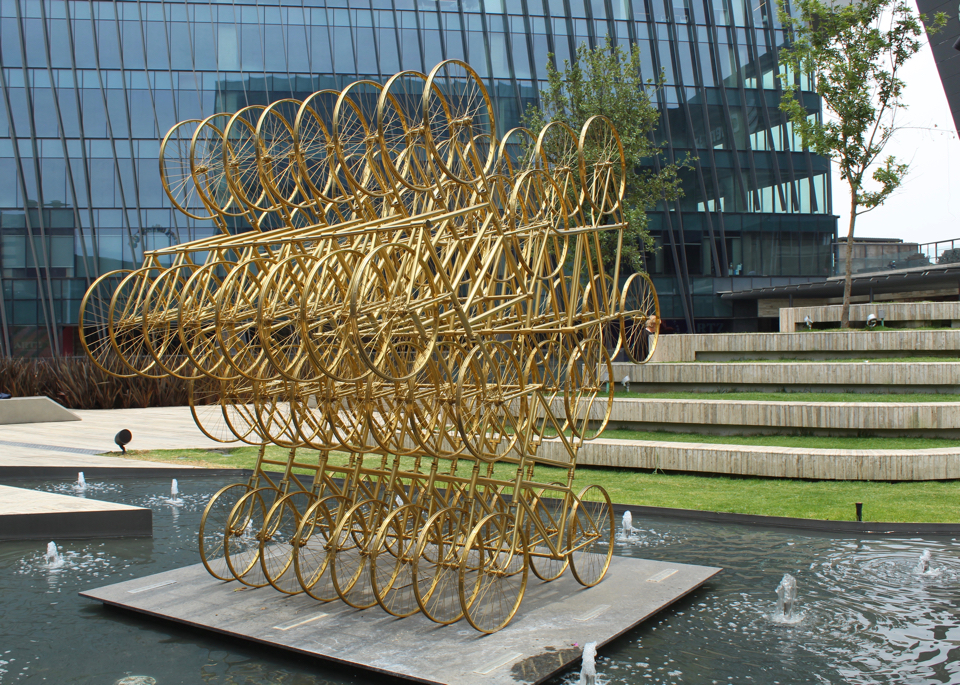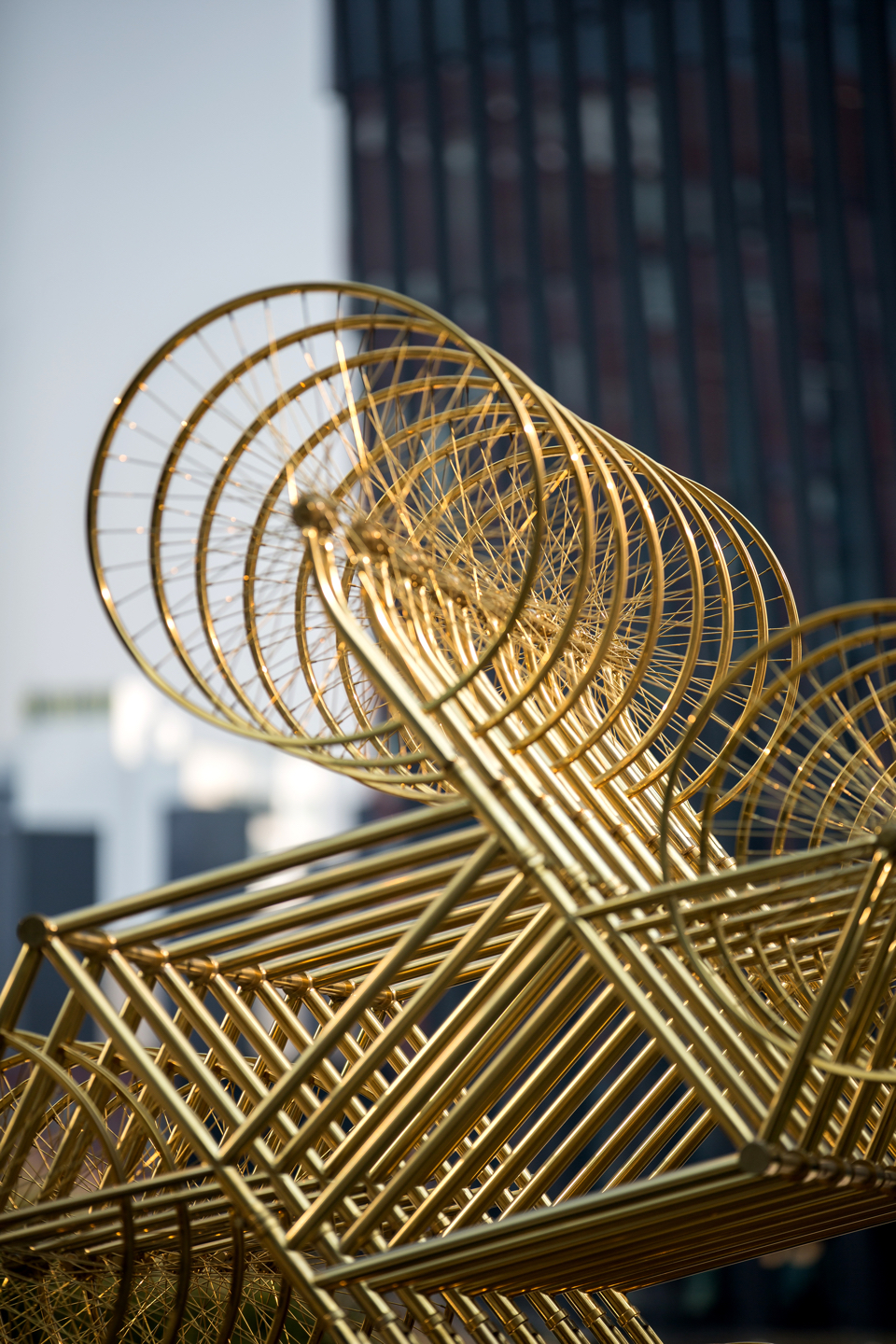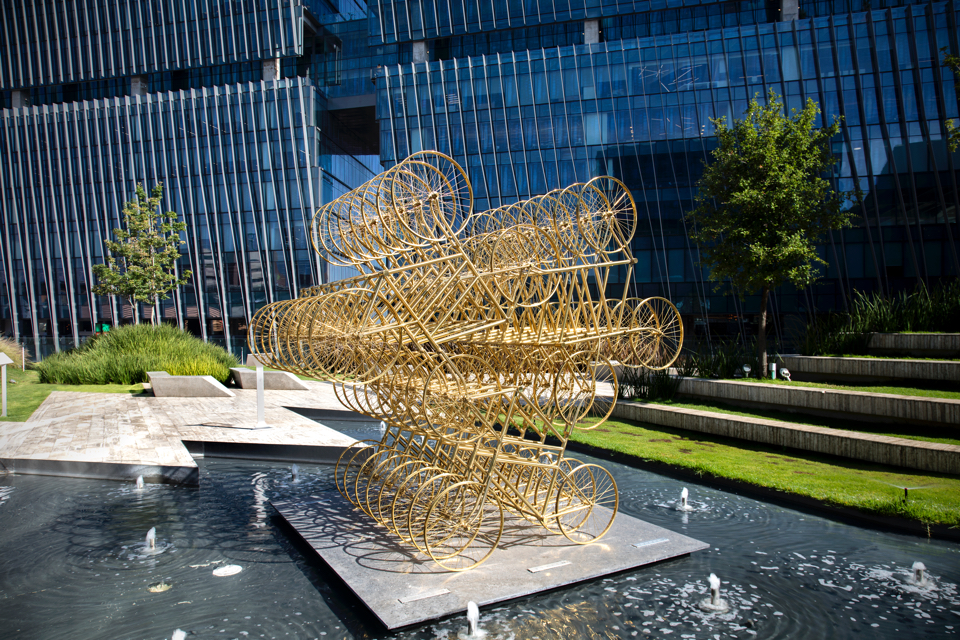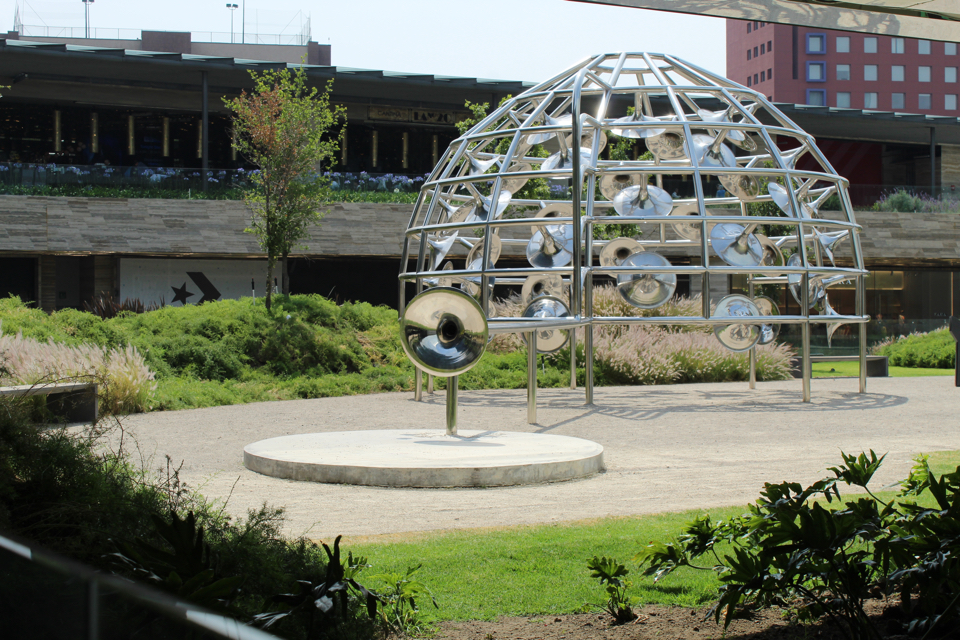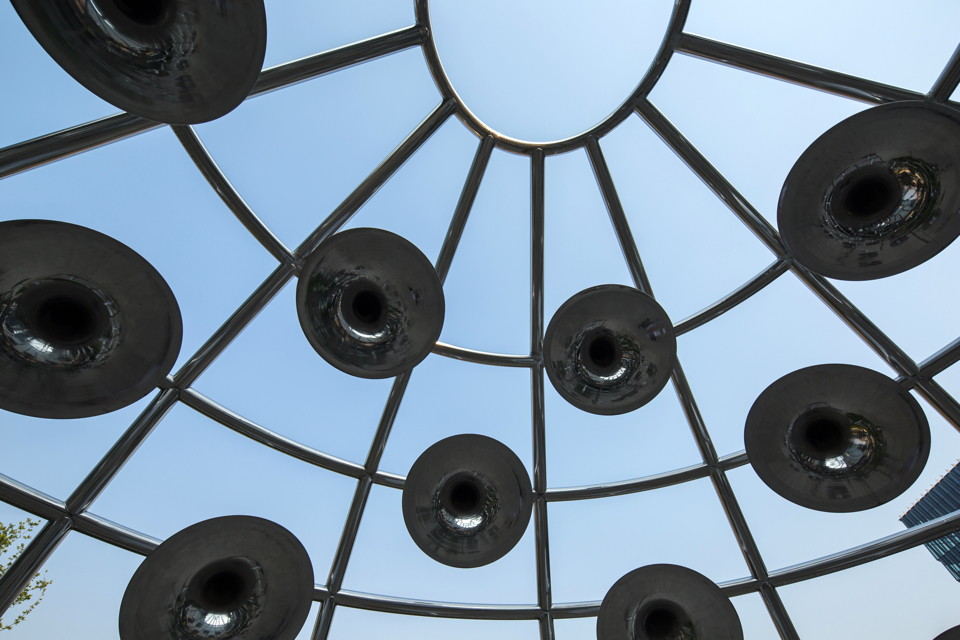26 Sep LA COLECCIÓN JUMEX
UGO RONDINONE (Switzerland, 1964)
LOVE INVENT US, 1999
Neon sign, acrylic, translucent foil, steel
In his artistic proposal, Ugo Rondinone uses “very basic raw symbols, something that everybody can relate to, from a child to an old person, from the East to the West.” His work emphasizes on creating an experience rather than conceptualizing or understanding it.
The rainbow is one of the most recurrent motives in Rondinone’s artwork. Since 1997 he has created large-scale signs with simple yet poetic messages. These metal structures shaped and colored like a rainbow, composed of large lit words seem to float in the air. This work seeks to be beautiful and fantastic; the rainbow is also a symbol used by the LGBT community and therefore this piece is about the freedom of loving whomever one chooses.
For Rondinone, this symbol is of special importance since it is a reminder of his long-term relationship with the acclaimed New York writer, poet and fellow artist John Giorno.



